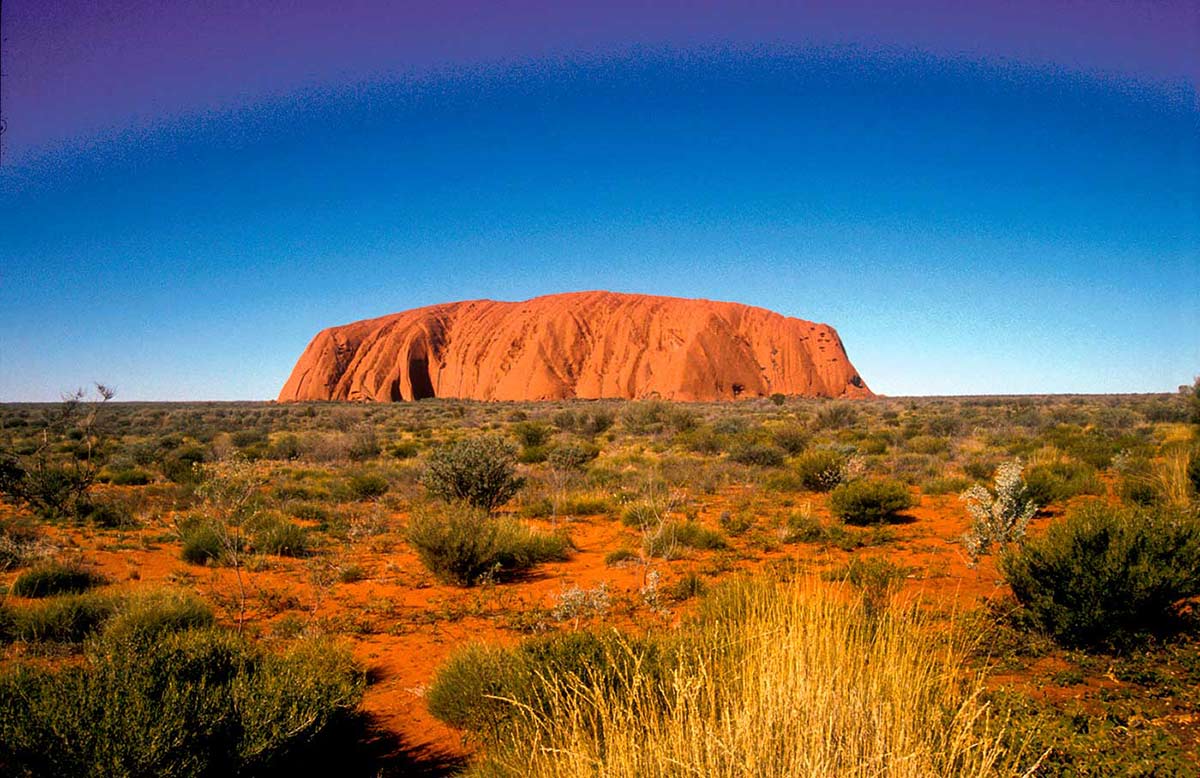On Saturday 26 October the famous climb up Uluru – previously known as Ayers Rock – will officially close and climbing will be banned for good. The decision to end an activity that many people see as a rite of passage is both controversial and a long time coming.
This date also marks 34 years since Uluru was handed back to its traditional custodians, the Anangu people.
Anangu traditional custodian:
That’s a really important sacred thing that you are climbing. You shouldn’t climb. It’s not the real thing about this place. The real thing is listening to everything.
History of the climb
Non-Indigenous people have been climbing Uluru officially since the 1930s, with a climbing chain installed in the 1960–70s. The climb has been a focal point of tourism advertising for the region, and as the number of visitors rose, so did the number of climbers.
But climbing Uluru has never been without hazards. It is very steep, often slippery, and 37 people have lost their lives during the climb. Many more have needed to be evacuated from its slopes. The climb is often closed, mainly due to adverse weather conditions, but also for cultural reasons.
A sacred place
For the traditional custodians, the Anangu people, Uluru has always been sacred and they have a cultural responsibility to look after it and the surrounding park area. Injuries and deaths of climbers are felt deeply, and the Anangu have long had a desire for the climb to close.
Closing the climb
In 2010 the Uluru-Kata Juta National Park board agreed to close the climb permanently once less than 20 per cent of visitors were climbing. By 2015 this condition was met, when the number of people climbing fell to 16.5 per cent.
It wasn’t until 2017 that the board voted unanimously to ban the climb, but not until October 2019. This gave tourism operators a two-year window to prepare, and to extend the number of activities available for tourists around the base of the rock.
The future
Few people dispute the beauty and grandeur of Uluru, sitting in its timeless landscape. Opinions are divided about whether or not the climb should be banned, but park operators are confident that appreciation of the natural beauty and cultural significance of the entire region are possible from the ground, and are not worried that tourism will be affected.
The Museum recognises the significance of the climb closure and will soon be publishing a longer piece on the history of the Uluru hand back and the climb on its Defining Moments website.

